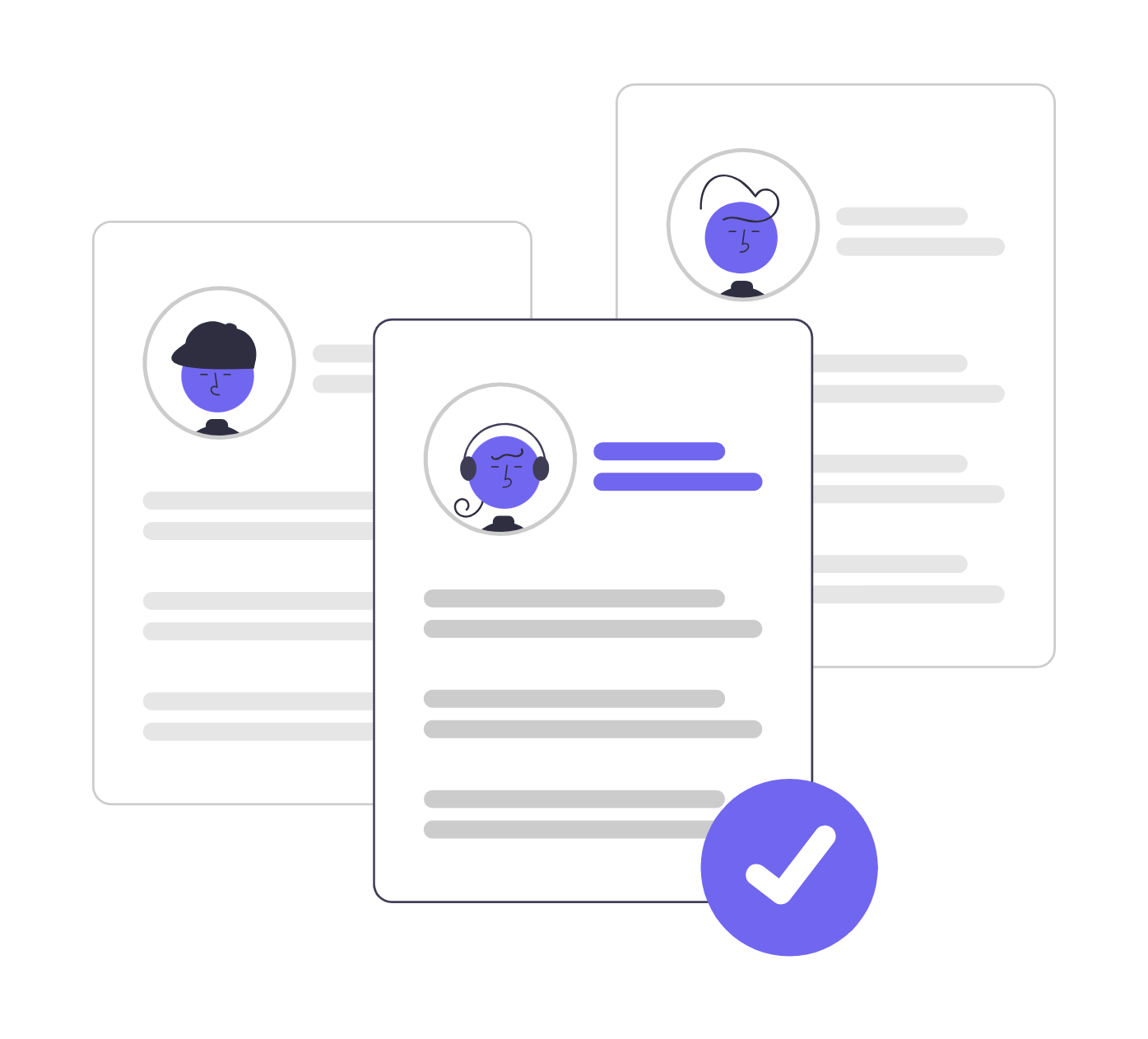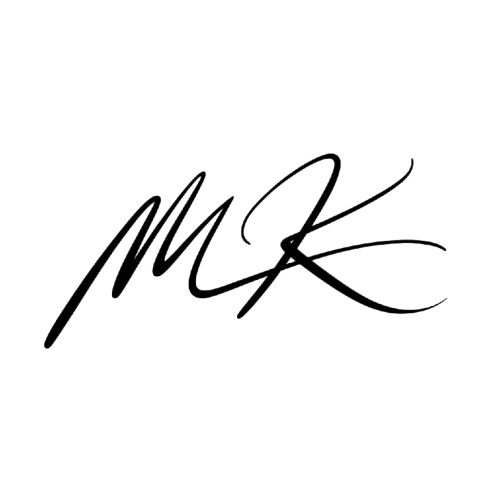Share
If you’re still thinking of diversity hiring as a “nice-to-have,” it’s time to update your playbook. The most successful companies aren’t just talking about diversity—they’re embedding it into the fabric of their teams because they know the hard truth: diverse teams aren’t just more inclusive; they’re more innovative, adaptable, and profitable.
Let’s cut through the noise and look at why diversity matters in real-world terms, what it actually does for your business, and how to build a workforce that’s not just diverse in numbers, but dynamic in thought, innovation, and results.
1️⃣ Diversity helps teams avoid narrow thinking and opens the door to fresh, creative ideas.
Picture this: You build a team where everyone went to the same schools, shares similar life experiences, and sees the world through the same lens. What happens? You get fast agreement—but slow progress. When everyone’s thinking the same way, it’s easy to miss blind spots, overlook new opportunities, and repeat the same mistakes.
Diverse teams—made up of different races, genders, ages, backgrounds, and perspectives—ask better questions. They challenge the status quo, pressure-test ideas, and bring a broader range of lived experiences to the table. That’s not just theory: a study in the Proceedings of the National Academy of Sciences found that diverse teams process information more carefully, leading to smarter, more effective decision-making.
Think of diversity as a competitive advantage—your secret weapon for creating products and services that actually connect with your customers.
Quickly identify your most promising candidates. WorkScreen automatically evaluates, scores, and ranks applicants on a performance-based leaderboard—making it easy to spot top talent, save time, and make smarter, data-driven hiring decisions.

2️⃣ Diverse Teams Drive Better Decisions (and Better Profits)
Let’s talk numbers: Companies with higher diversity in leadership outperform their peers financially. McKinsey & Company’s landmark study found that the most diverse companies were 35% more likely to outperform their less diverse counterparts.
Why does this happen? Because diverse teams:
- Consider more perspectives before making a decision.
- Are more likely to identify risks early.
- Bring cultural insights that homogeneous teams miss.
For example, imagine launching a new product into a global market. If no one on your team understands the culture, language, or social norms of that region, you’re flying blind. But when you have diverse voices at the table, you spot nuances, avoid costly missteps, and create products that resonate.
Workscreen helps you easily administer one-click skill tests. This way you can assess candidates based on real-world ability—not just credentials like résumés and past experience. This helps you hire more confidently and holistically.

3️⃣ A Diverse Workforce Builds Trust with Customers and Strengthens Your Brand
Your customers aren’t a monolith—and neither should your team be. When people see themselves reflected in your workforce, it sends a powerful message: We get you. We serve you. We see you.
From marketing campaigns to product features, a diverse team naturally understands and addresses the needs of a broader audience. That translates to stronger brand loyalty, higher engagement, and a reputation that attracts not just customers—but top talent.
Ignoring diversity can create blind spots that lead to cultural missteps, tone-deaf messaging, and alienated customers. In today’s market, representation isn’t just a feel-good value—it’s a business advantage.
4️⃣ Diversity Improves Retention, Engagement, and Employee Satisfaction
It’s simple: when people feel they belong, they stay. Diverse workplaces foster a sense of belonging—a place where employees feel seen, heard, and valued for who they are. This isn’t just good vibes; it’s good business. Teams that embrace diversity see:
- Higher engagement and productivity.
- Stronger collaboration and problem-solving.
- Lower turnover rates—saving time, resources, and recruitment costs.
Diverse environments also support professional growth. When employees interact with colleagues from different backgrounds, they’re exposed to new skills, ideas, and perspectives—broadening their own horizons and contributing to a culture of learning and innovation.
Workscreen Eliminates low-effort applicants—including those who use AI Tools to apply, copy-paste answers, or rely on "one-click apply." This way, you focus only on genuine, committed, and high-quality candidates—helping you avoid costly hiring mistakes.

5️⃣ Diversity Hiring Expands Your Talent Pool and Gives You a Competitive Edge
Let’s get real: if you’re only hiring from the same universities, the same professional networks, or the same backgrounds, you’re shrinking your talent pool—and missing out on game-changing candidates.
Diversity hiring pushes companies to:
- Explore new networks and communities.
- Tap into underrepresented talent pools that may otherwise be overlooked.
- Build a reputation as a workplace where everyone—regardless of background—has a fair chance to thrive.
In today’s talent market, diverse and inclusive companies are more attractive to top talent. They’re seen as places where people want to work—and stay.
6️⃣ Diversity Without Inclusion is an Empty Shell—Here’s How to Make it Work
Hiring for diversity alone isn’t enough. Without real inclusion and equity, diversity can backfire. Here’s what meaningful inclusion looks like:
- Equity in pay, promotions, and opportunities for growth.
- A culture of respect where microaggressions are addressed and diverse voices are heard.
- Bias-free hiring practices—like name-blind resume reviews—that remove barriers.
- Ongoing education for teams on topics like unconscious bias, inclusion, and belonging.
- Feedback loops where employees feel safe to raise concerns and suggest improvements.
It’s not just about getting people in the door—it’s about creating a workplace where they stay, grow, and lead.
7️⃣ Actionable Steps to Build a Diverse, High-Performing Team
If you’re ready to move beyond good intentions, here are practical steps to start building a diverse, inclusive workforce today:
- Audit your hiring practices: Are your job descriptions inclusive? Are you casting a wide net?
- Expand your candidate sources: Reach beyond the usual platforms and networks.
- Implement blind resume screening: Remove names, addresses, and other bias-triggering details during initial evaluations.
- Train hiring managers: Ensure everyone involved in hiring is educated on bias, inclusivity, and equitable evaluation.
- Create mentorship programs: Support underrepresented employees in growing their skills and advancing their careers.
- Measure and adjust: Track diversity metrics in hiring, promotions, and retention. Adjust strategies based on data and feedback.
- Foster a culture of belonging: Make diversity a core value—not a side project.
Final Thoughts: Diversity Is the Future of High-Performing Teams—And Your Competitive Edge
Hiring a diverse workforce isn’t just about fairness. It’s about building a team that can think critically, solve complex problems, and reflect the world you serve. The companies that get this right won’t just survive in a competitive market—they’ll lead it.
Diversity is your secret weapon for innovation, adaptability, and long-term growth. But it’s not just a checkbox; it’s a commitment to equity, inclusion, and creating a workplace where everyone has the opportunity to thrive.
FAQs
A: Go beyond quotas. Focus on inclusion, equitable pay, leadership opportunities, and creating a culture where diverse voices are genuinely valued and empowered.
A: Challenges can include communication barriers, cultural misunderstandings, or resistance to change. These can be addressed through intentional inclusivity training, feedback loops, and strong leadership commitment.
The purpose of a diversity hire is to bring different perspectives, experiences, and ideas into a team. This helps avoid narrow thinking, sparks creativity, and makes the workplace more inclusive and welcoming for everyone. Diversity hiring isn’t just about checking a box—it’s about building stronger, smarter teams that can solve problems in fresh, innovative ways.
When you bring together people with different backgrounds, skills, and viewpoints, they see problems differently. This leads to fresh ideas, creative solutions, and a culture where innovation can thrive.
No. While race and gender are important, diversity also includes factors like age, abilities, culture, education, and life experiences. The goal is to create a team that reflects a wide range of human experiences.
Focus on skills and potential, not just credentials. Use blind hiring practices when possible, write inclusive job descriptions, and consider tools like WorkScreen.io to screen candidates based on real ability, not background.

